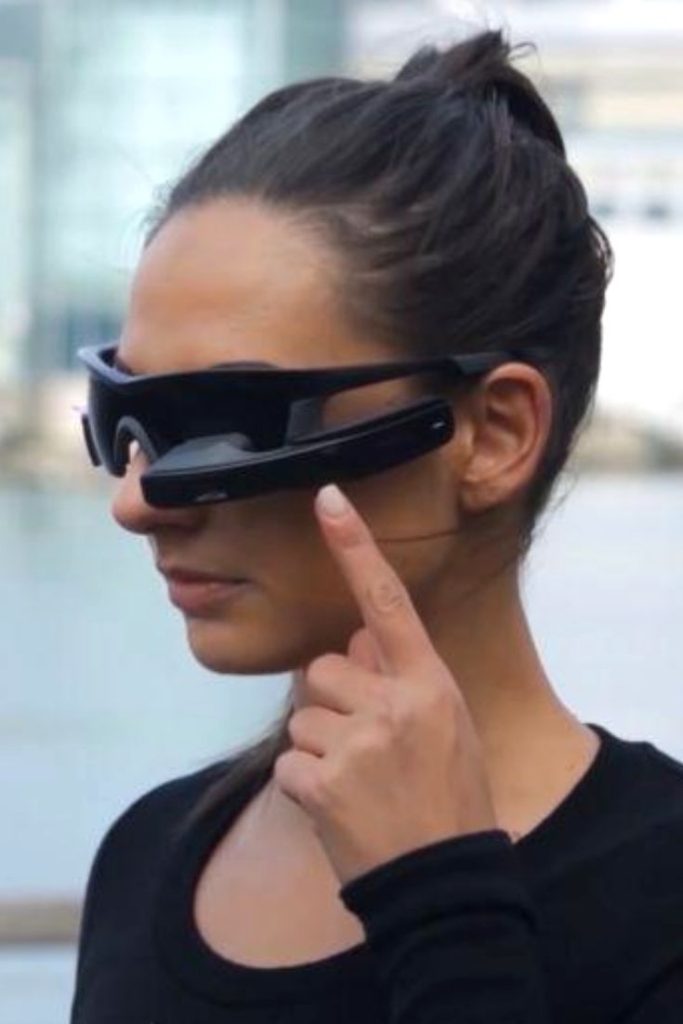

Does gadget use affect eyesight? Absolutely! Prolonged screen time can lead to various eye problems. This article explores the potential negative effects of gadgets on eyesight, delving into the causes, symptoms, and preventative measures. We’ll discuss specific recommendations for healthy digital habits, how to avoid digital eye strain, and how to maintain good eyesight while enjoying your favorite devices. This article will cover the potential risks, discuss preventative steps, and ultimately provide you with the information to safeguard your vision.
Understanding the Link Between Gadgets and Eye Strain
The Rise of Digital Devices
Modern life revolves around smartphones, tablets, and computers. The prevalence of digital devices has significantly increased screen time for individuals of all ages. This constant exposure to screens can lead to various eye-related issues and digital eye strain.
Potential Problems
Prolonged screen use can strain eye muscles, leading to symptoms like eye fatigue, headaches, and blurred vision. These issues can be particularly concerning for children and adolescents whose eyes are still developing. Studies indicate a correlation between increased screen time and the onset of nearsightedness.
How Gadgets Can Affect Eyesight
The close-up nature of digital screens necessitates continuous focusing, putting extra stress on the eye muscles. This persistent effort can lead to eye fatigue and, over time, potentially affect vision. The blue light emitted by screens can also disrupt the body’s natural sleep-wake cycle, affecting overall well-being and potentially contributing to vision issues.
Preventing Eye Strain: Simple Tips for Healthy Digital Habits
Eye Breaks: The Importance of Regular Rest
Schedule regular breaks during prolonged screen use. Aim for the 20-20-20 rule: Every 20 minutes, look at something 20 feet away for 20 seconds. This simple exercise helps relax the eye muscles.
Optimal Lighting Conditions
Maintain proper lighting when using digital devices. Avoid using devices in dimly lit rooms, as this can exacerbate eye strain. Ensure sufficient ambient light to minimize the strain on your eyes.
Proper Posture and Distance
Maintain an appropriate distance between your eyes and the screen. Proper posture reduces stress on the neck and shoulders and minimizes strain on the eyes.
Healthy Diet and Hydration
Good nutrition and hydration are essential for overall health, including eye health. A balanced diet with vitamins and minerals can positively impact eye function.
The Impact on Children and Adolescents
Developmental Stage
Children and adolescents are especially vulnerable to eyesight problems linked to excessive screen time. Their eyes are still developing, making them more susceptible to digital eye strain and potentially accelerating nearsightedness.
Long-Term Effects
The effects of excessive screen time can linger into adulthood, creating long-term problems with eye health. The habit of prolonged screen use during critical developmental stages can impact vision quality and potentially contribute to long-term eye health concerns.
Practical Strategies
Educate children on appropriate screen time limits. Encourage frequent breaks, proper posture, and optimal lighting. Promoting these healthy habits from a young age can significantly influence their eyesight in the long term.
Statistics
Reports from leading optometry associations emphasize the connection between screen time and nearsightedness. Encourage kids and teens to follow the guidelines for healthy digital habits outlined in this section.
Addressing Digital Eye Strain
Symptoms and Recognition
Recognizing the symptoms of digital eye strain is crucial to prompt corrective action. Common symptoms include eye fatigue, headaches, blurred vision, and dry eyes. Early intervention can help minimize long-term eye-related issues.
Management Strategies
Implementing strategies to alleviate digital eye strain is an important preventative measure. This involves modifying screen time, encouraging eye breaks, and optimizing lighting conditions.
Examples of Effective Practices
For instance, encourage users to take a 10-minute break every hour while working on screens. Also, utilize eye drops or artificial tears to relieve dry eyes.
Case Studies
Numerous case studies illustrate the correlation between prolonged screen time and eye strain. These studies have helped medical professionals to understand and address the problem more effectively.
The Role of Eye Doctors and Professionals
Regular Eye Checkups
Regular eye exams are critical for maintaining good eye health and recognizing early warning signs of vision problems.
Specialized Treatment
Specialized treatment options for eye strain are available from eye doctors and optometrists.
Expert Advice
Consult with an eye care professional for guidance on protecting your vision and managing potential issues stemming from gadget use.
How much screen time is considered excessive?
There’s no single answer to this question as it varies based on individual needs and activities. However, prioritizing regular breaks and avoiding prolonged, uninterrupted periods of screen time can help to manage eye strain.
What are the symptoms of digital eye strain?
Common symptoms include eye fatigue, headaches, blurred vision, and dry eyes. If these symptoms persist or worsen, consulting an eye doctor is crucial.
What can I do to reduce the impact of gadgets on my eyesight?
Following the 20-20-20 rule, optimizing lighting conditions, maintaining appropriate posture and distance, and practicing healthy digital habits can effectively reduce the negative impact of excessive screen time on eyesight.
Are there any specific gadgets that are more harmful than others?
The negative impact on eyesight comes from the nature of prolonged screen use rather than a specific device type. Therefore, the advice remains consistent across all digital devices.
Frequently Asked Questions
Can gadget use cause nearsightedness?
Yes, prolonged screen use, especially in children and adolescents, has been linked to the development and progression of nearsightedness. The constant close-up focus required for digital devices can impact eye development. To mitigate this, encourage proper habits and regular breaks to prevent eye fatigue and strain.
In conclusion, excessive gadget use can indeed negatively impact eyesight, particularly in children and adolescents. The key to mitigating this risk lies in practicing responsible digital habits, promoting regular eye breaks, ensuring proper lighting conditions, and seeking timely professional guidance if necessary. Maintain healthy habits to safeguard your vision. Visit an eye doctor for regular checkups to catch any potential issues early.